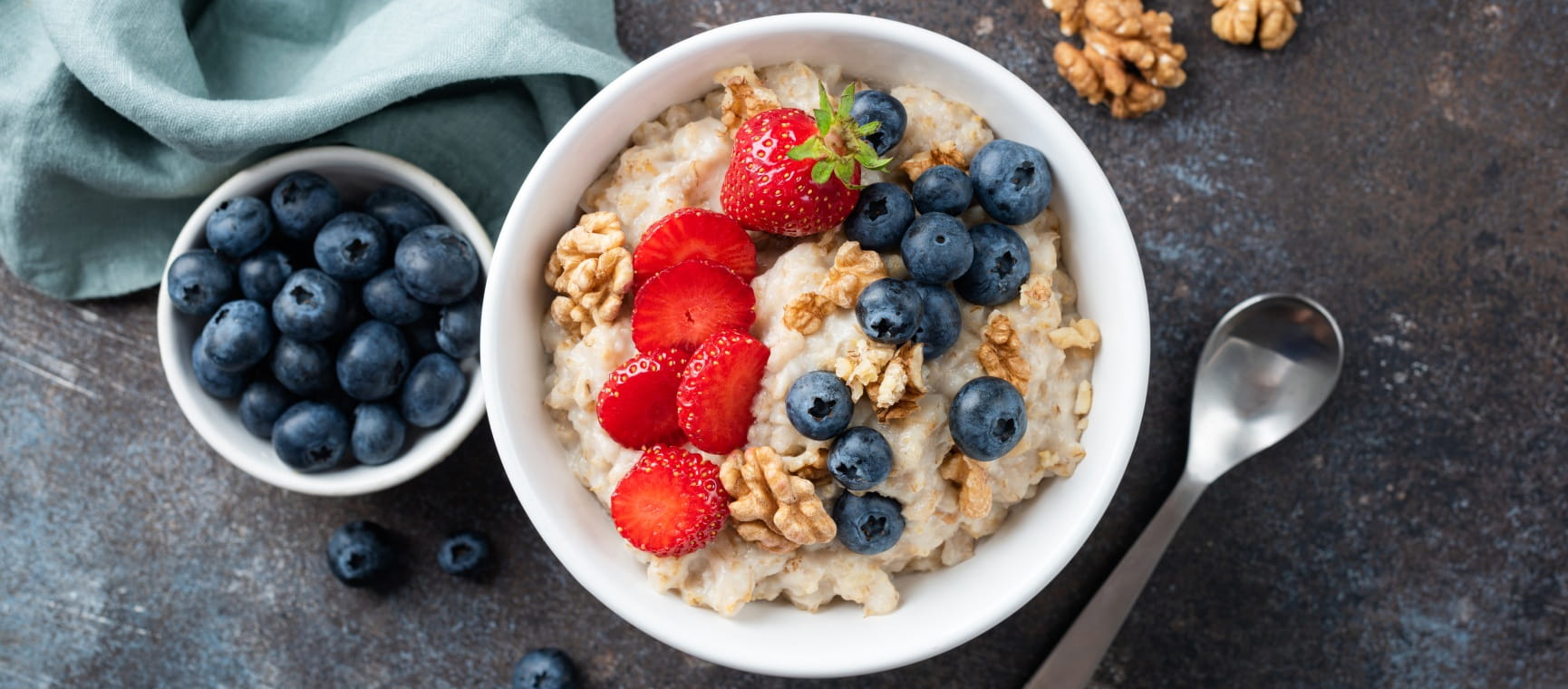
The old saying is: ‘Eat breakfast like a king, lunch like a prince and dinner like a pauper’. The thought behind this is that a bigger breakfast sets you up for the day and means most of your calorie intake is done earlier. Although this theory is well supported, it’s also believed that people should eat in a way that suits them and their lifestyle best.
“What’s more important than the timing is the quality of what you eat,” says Nichola Ludlam-Raine, a registered dietitian. “Whether you have breakfast early, late or skip it altogether, making sure you get enough nutrients across the day is key.”
As we get older, we may have a smaller appetite, as well as changing dietary needs – for example, we lose muscle mass as we age, making protein increasingly important. So choosing the right foods should be key to all our meals.
Seeds, such as chia, flax or pumpkin can boost fibre, protein and healthy fats. You can sprinkle them on cereals and porridge, or add them to smoothies.
Ludlam-Raine also suggests nuts, nut butters and Greek yogurt for increased protein and ‘good’ fats that will keep you fuller for longer and support muscle health.
“You could also add a scoop of protein powder to a smoothie, porridge or yogurt if you feel you need more in your diet,” she says.
Here’s our list of breakfast options in order from best to worst. All nutrition information given is per serving.

Porridge is an excellent choice. It’s a wholegrain (wholegrains have been linked to a lower risk of heart disease) and it’s high in fibre, which supports digestive health. The soluble fibre called beta-glucan in oats can have cholesterol-lowering benefits (if you have 3g of it daily – a serving of porridge contains 2g).
Porridge also provides a steady release of energy, keeping you full for longer. It doesn’t have the highest levels of protein, but you can easily boost that with seeds, nuts or a dollop of yoghurt. And you can easily add a portion of fruit too.

Oats are packed with heart-healthy fibre, and adding yogurt and nut butter will give you additional calcium and protein. A topping of berries gives you a good dose of antioxidants, which are particularly beneficial for heart health and ageing. You can use any mixture of berries.
Frozen berries have the same nutritional benefits as fresh, and are usually cheaper, especially when fresh berries are out of season. All you need to do is stir oats and 100ml water (or milk) together with cinnamon and leave them overnight. Then the next day, add toppings of your choice.

Packed with protein from the eggs and wholegrains from the toast, this is a balanced option. Eggs are rich in nutrients like vitamin D and choline, which are important for bone and brain health. Boiled eggs or poached (in water rather than in an egg poacher – so you don’t need to add fat to stop them sticking) are healthier than scrambled or fried, which tend to have added fat.
Adding tomatoes and spinach would also increase fibre and nutrients, as well as boosting your portions of fruit and veg.
Bear in mind that using white bread or English muffins instead of wholemeal toast will lower the nutritional value. See our guide to breads ranked best to worst for more information.
Note that this nutrition information doesn’t include any butter or spread on the toast or soldiers – if you’re going to add something, an unsaturated fat spread like an olive or sunflower-based spread would be a more heart-healthy choice than butter.

Some mueslis are high in sugar (either added sugar, or natural sugars if it’s a muesli with lots of dried fruits). Choose a no-added-sugar variety for the healthiest option.
The oats, nuts and dried fruits are all nutritious. The nutrition information below is based on Alpen original, which contains added sugar.

Weetabix is a low-calorie choice with a decent amount of fibre, so can be good if you’re looking for a quick, light breakfast.
Although it does contain added sugar and salt, it’s a lot less than many breakfast cereals. Adding fruit and yogurt to your bowl will boost your nutrient intake.

“Although avocado is rich in healthy fats, the calorie content is high, making portion control key,” says Ludlam-Raine. “You could boost the protein content by adding an egg or seeds.”

A light and refreshing choice, this combination has an overall low glycaemic index, which means it won’t cause blood sugar spikes that leave you hungry soon after.
Choosing plain or low-sugar yogurt will keep this as healthy as possible. Again, a sprinkle of seeds will add fibre, protein and healthy fats.

As the name suggests, you can expect a decent level of fibre in a portion of bran flakes. But do be aware that this choice of cereal is classed as ‘medium’ for its sugar content, due to the added sugar and glucose syrup, and it contains added salt too.
Some health food shops sell no-added-sugar bran flakes, or you could switch to muesli or porridge for a healthier option.

Although it’s an easy and classic breakfast, the high sugar content does not make this a healthy choice.
There is some fibre and protein in the bread, but the sugar means this should be an occasional treat rather than a daily staple.

“Cornflakes are low in both fibre and protein, which makes them less filling and not ideal for long-lasting energy,” says Ludlam-Raine.
“Try to boost their nutrition with a portion of seeds or nuts,” she says.

Most of us like to indulge in a fry-up every now and again, but it’s best not to make it a habit. The classic full English ranks at the bottom of our list. It’s heavy on the processed meat (which has been linked to an increased risk of bowel cancer) as well as high in saturated fat and salt, which are far from ideal for heart health.
If you want to make this a bit healthier, opt for grilled or baked rather than fried ingredients, add extra tomatoes, mushrooms and baked beans, and choose wholegrain toast.
Even so, the amount of processed meat means any of the other breakfasts on this list would be a better choice.
Based on 2 rashers of bacon, half a tomato, baked beans, 2 sausages, 1 fried egg, 1 black pudding, 1 slice buttered toast, and fried mushrooms:
According to Ludlam-Raine, author of How Not to Eat Ultra-Processed, there’s no rule.
“It’s generally a good idea to listen to your body’s hunger signals. If you wake up feeling hungry, eating within the first hour can help stabilise your blood sugar and provide energy for the day.
“If you’re not hungry when you wake up, it’s fine to wait a while – just make sure to have a balanced meal when you do eat. The most important thing is tuning into your own needs and routine.”
Women who’ve gone through or are going through the menopause should be aware of how the changes in their bodies need to be addressed in their diets. Nutritionist Emma McElhinney specialises in working with menopausal women.
She says: “Foods rich in calcium and vitamin D are excellent for bone health. Dairy, leafy greens and fortified plant milks can help. My mantra is ‘better not best’. Have a look at your current breakfast and ask how you could make it better.”
“For men, prostate health has been linked to foods rich in antioxidants, such as lycopene from tomatoes and selenium from Brazil nuts,” says Ludlam-Raine.
“While breakfast alone can’t do all the work, it’s a great opportunity to include foods that support long-term health for both men and women.”
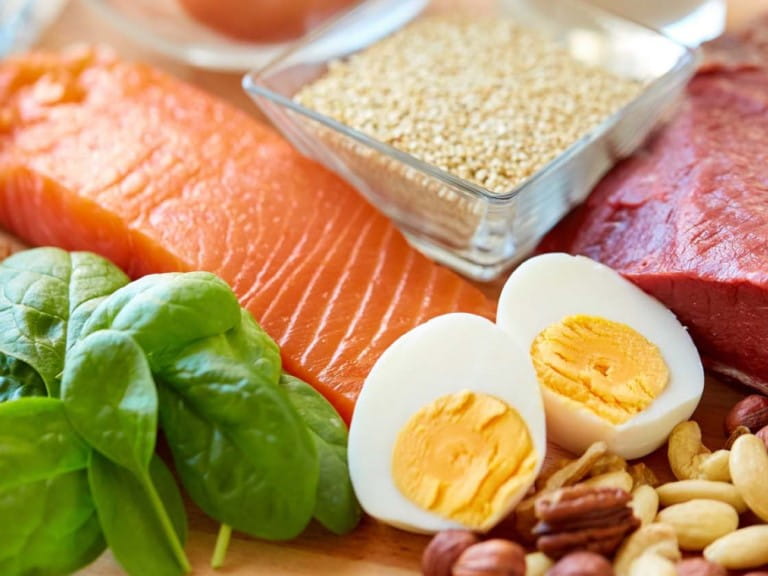
Everything you need to know about protein, from how it benefits your body to the best high-protein foods – and how much you really need.


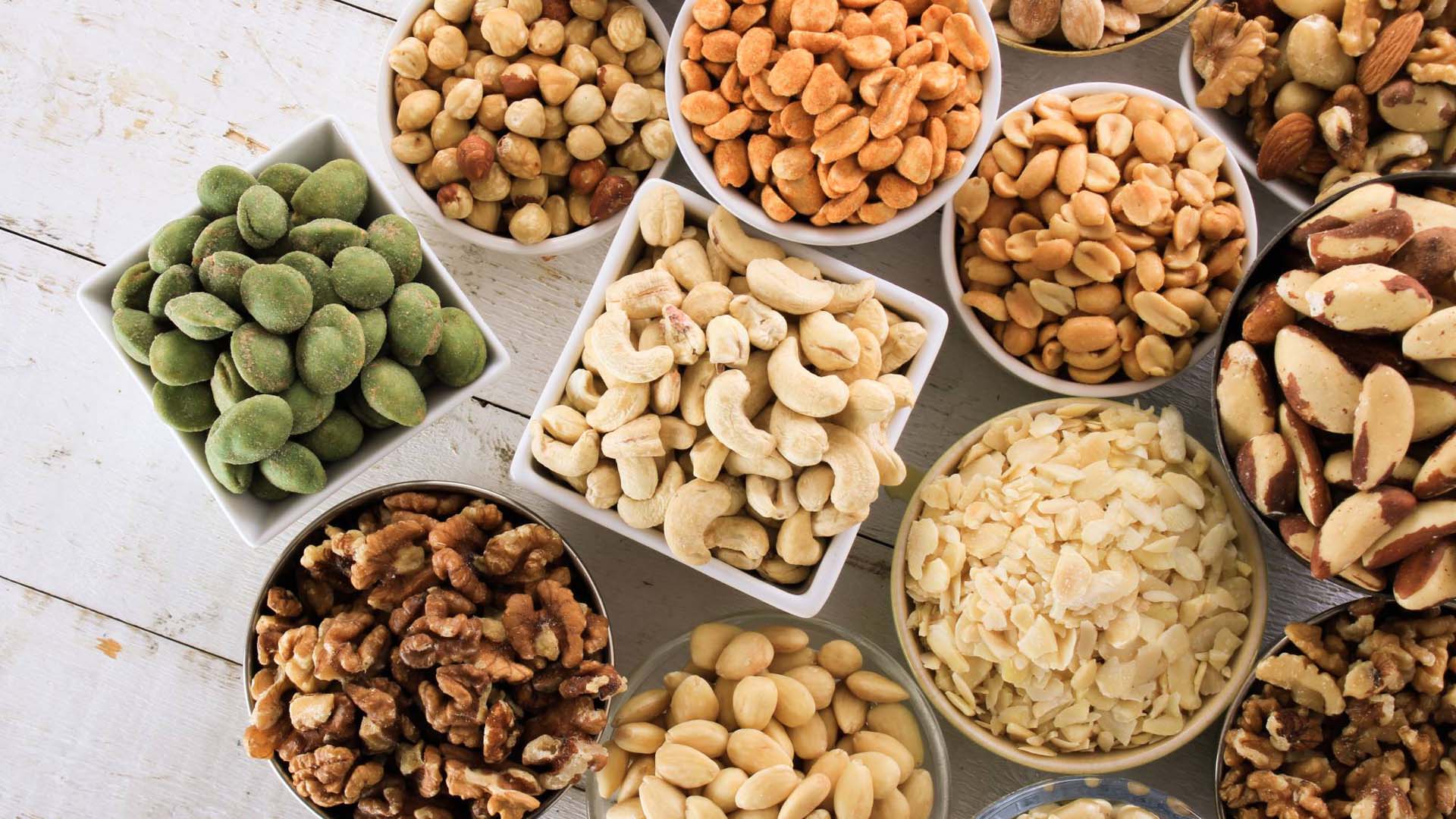
Let’s roast the myths! Not only are nuts less fattening than once feared, research shows they can cut the risk of heart disease too
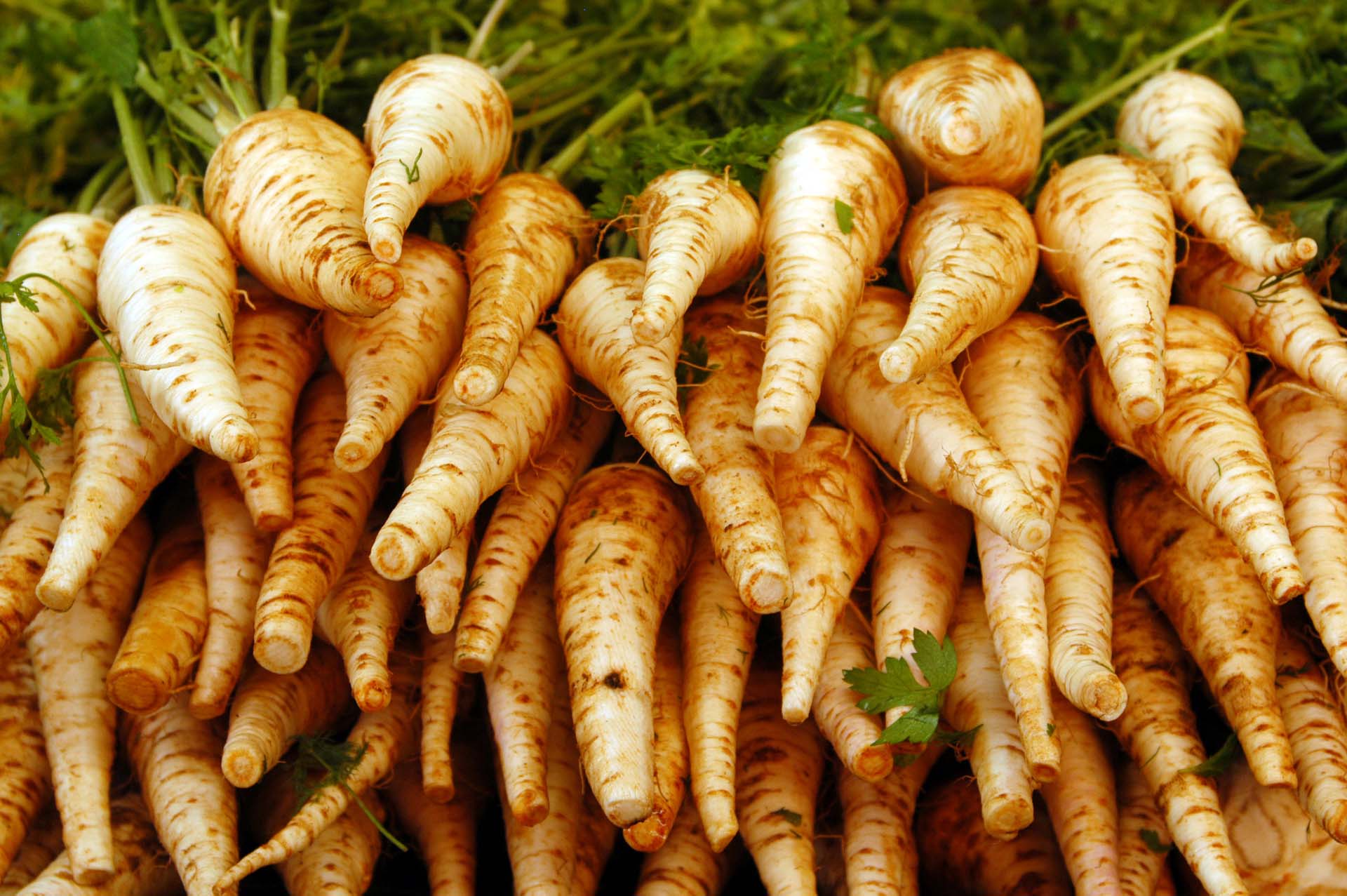
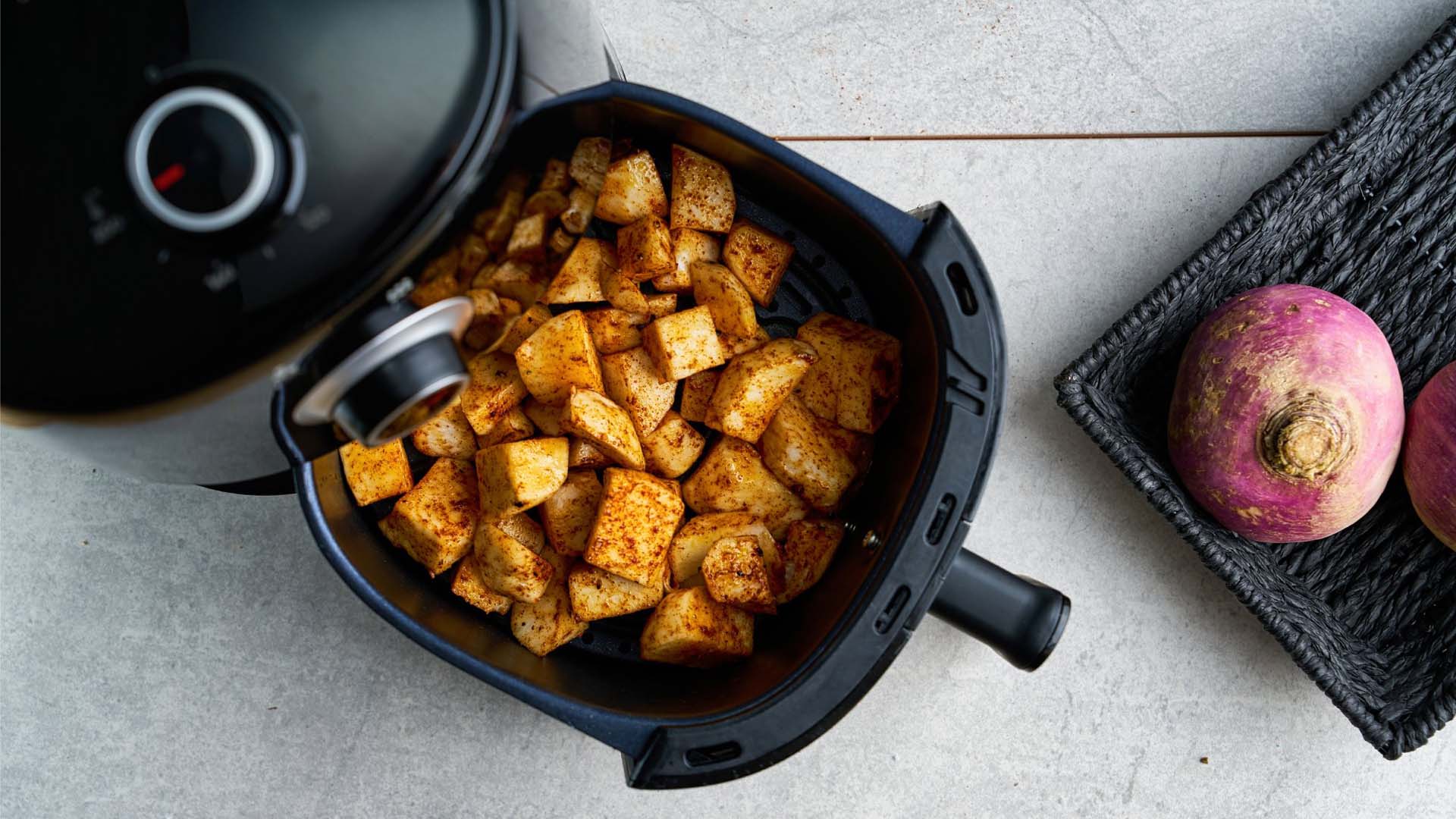
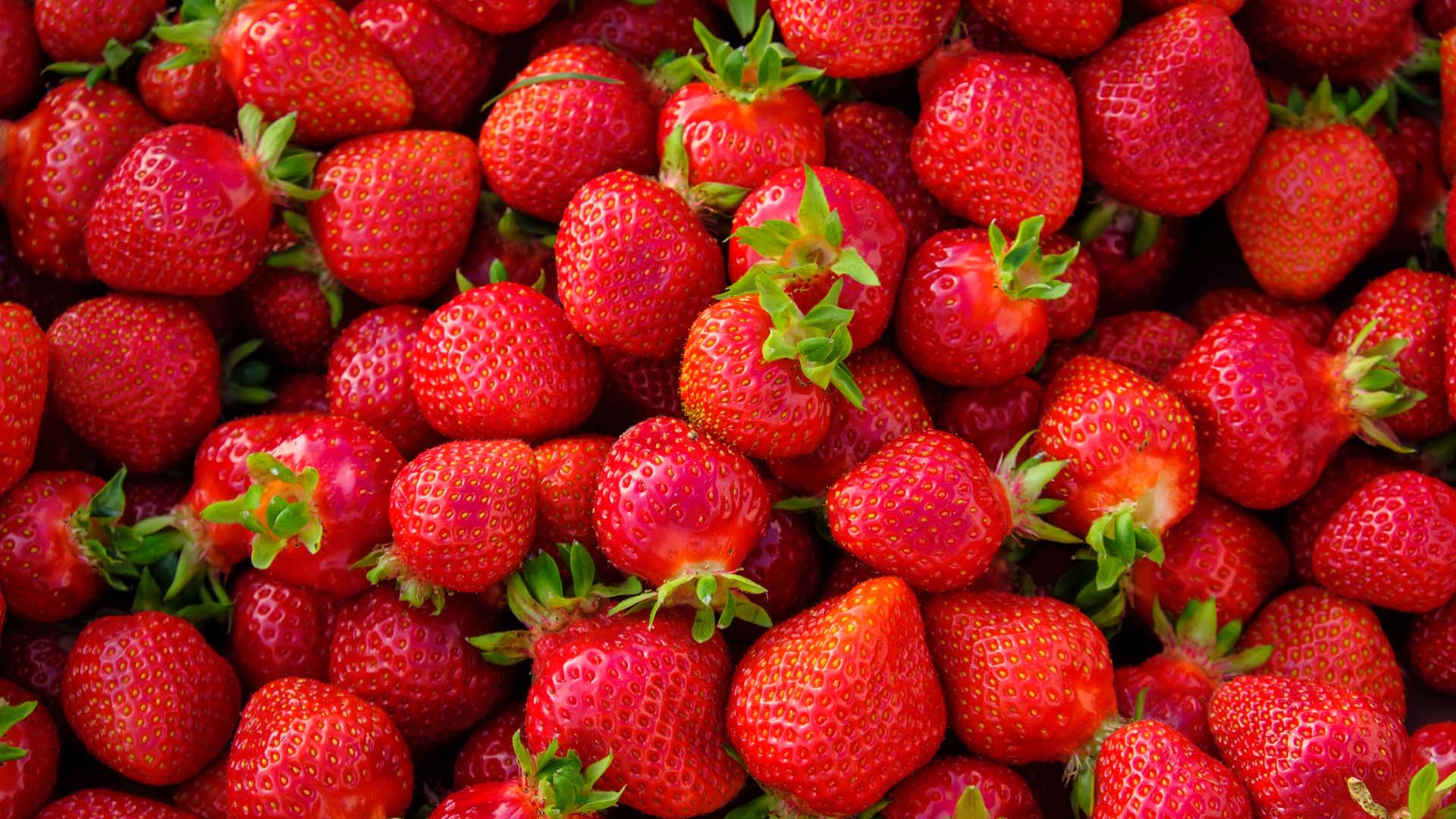
Strawberries don't just taste and look great, they are full of fibre, help your heart health and may even stave off dementia.
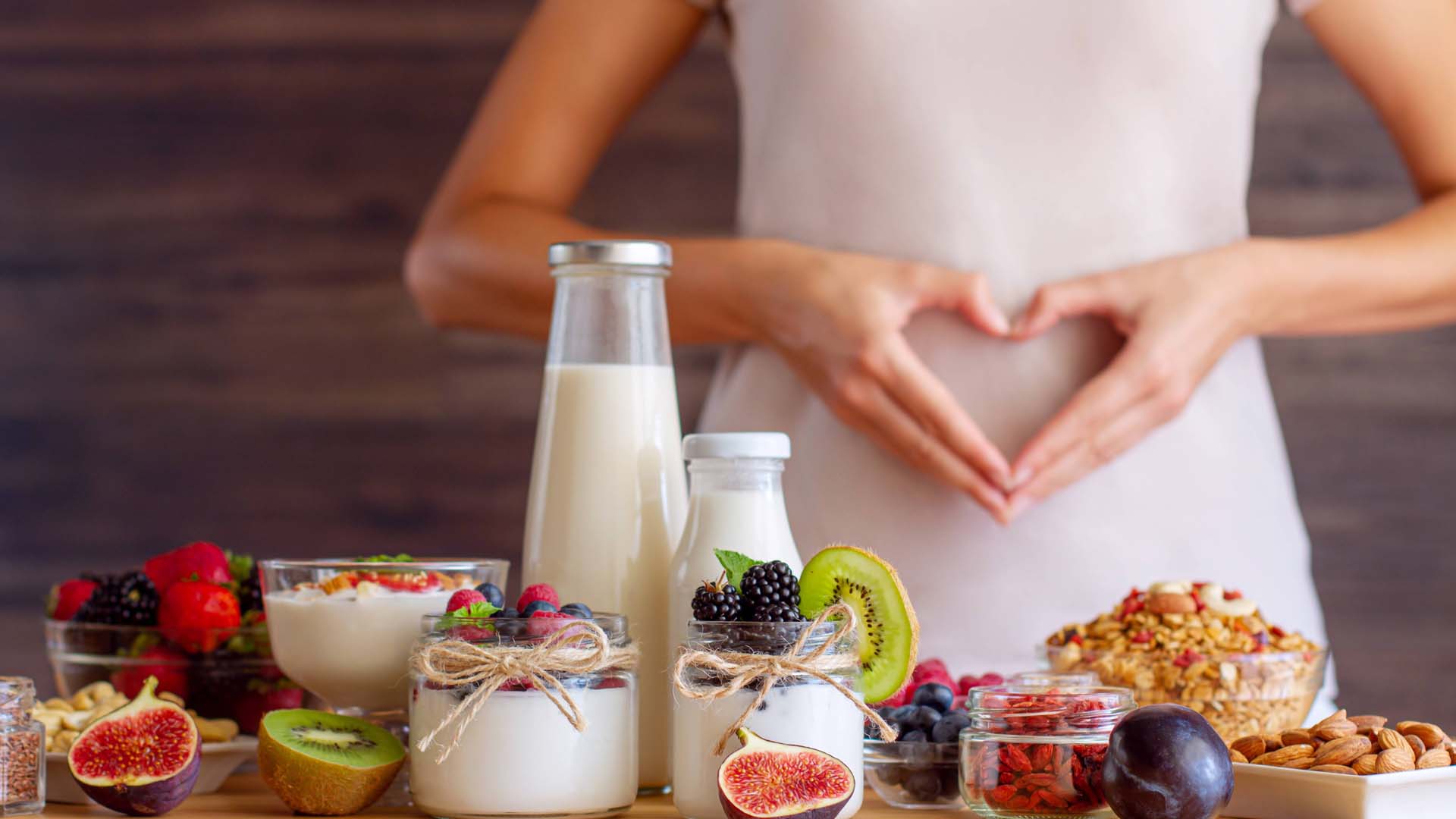
Looking after your gut health could be one of the biggest things that you can do for your overall health. Here are the best foods to keep your gut happy.
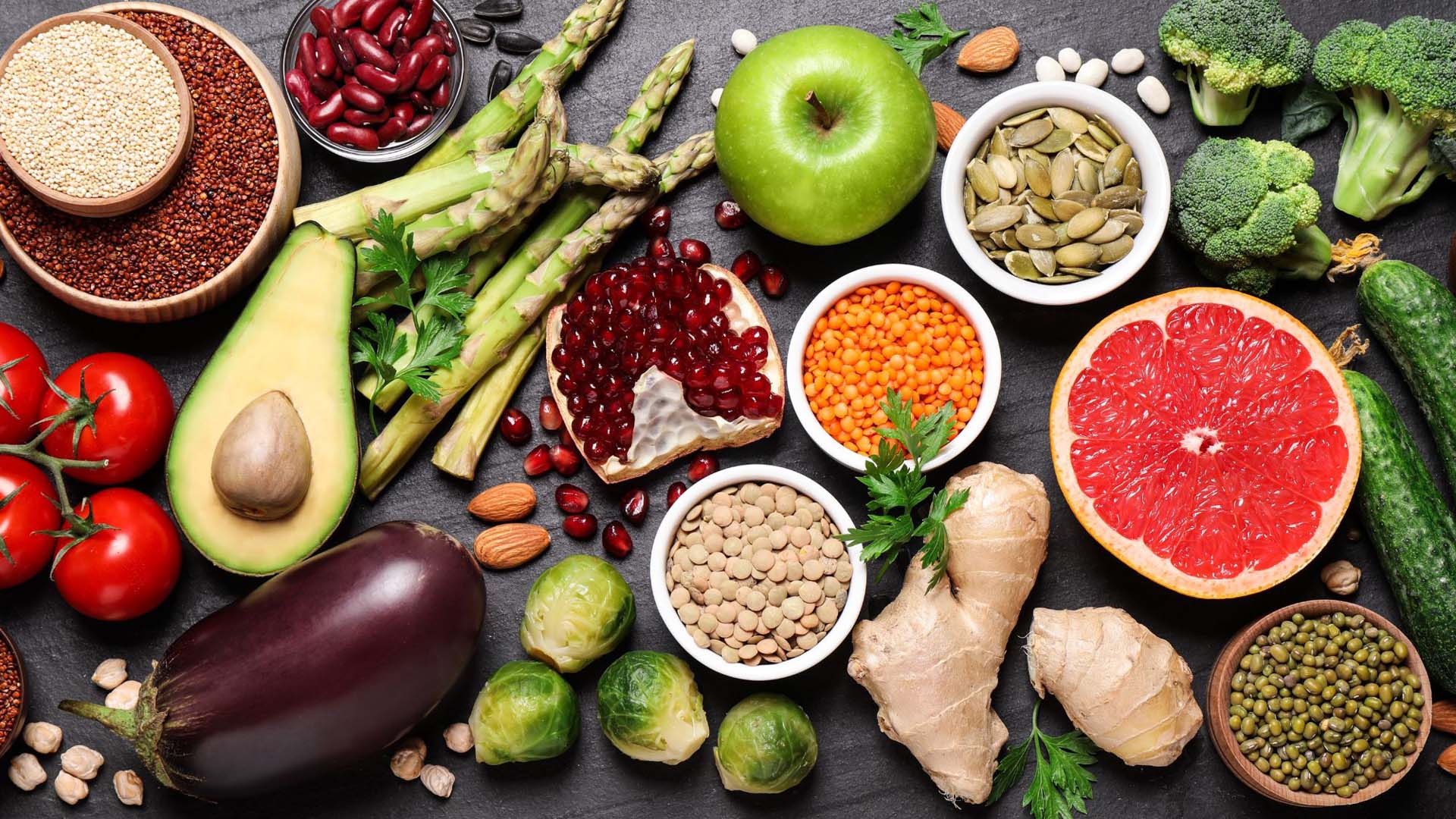
The foods that could help you live longer and protect against chronic illness.